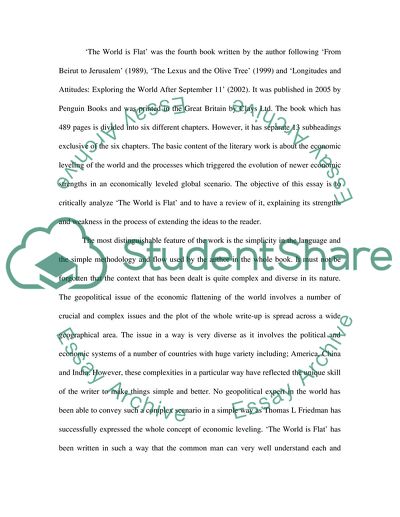Cite this document
(“A Book Review of Thomas Friedman's The World is Flat Report/”, n.d.)
A Book Review of Thomas Friedman's The World is Flat Report/. Retrieved from https://studentshare.org/miscellaneous/1555713-a-book-review-of-thomas-friedmans-the-world-is-flat
A Book Review of Thomas Friedman's The World is Flat Report/. Retrieved from https://studentshare.org/miscellaneous/1555713-a-book-review-of-thomas-friedmans-the-world-is-flat
(A Book Review of Thomas Friedman'S The World Is Flat Report/)
A Book Review of Thomas Friedman'S The World Is Flat Report/. https://studentshare.org/miscellaneous/1555713-a-book-review-of-thomas-friedmans-the-world-is-flat.
A Book Review of Thomas Friedman'S The World Is Flat Report/. https://studentshare.org/miscellaneous/1555713-a-book-review-of-thomas-friedmans-the-world-is-flat.
“A Book Review of Thomas Friedman'S The World Is Flat Report/”, n.d. https://studentshare.org/miscellaneous/1555713-a-book-review-of-thomas-friedmans-the-world-is-flat.


